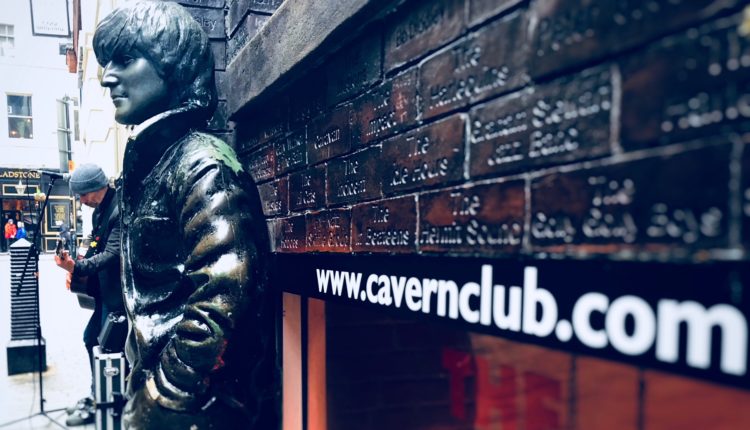Consultants at Planit Intelligent Environments will produce a Spatial Regeneration Framework (SRF) for the area around Mathew Street – birthplace of the Beatles. Tony McDonough reports

A team of urban regeneration experts is to create a new vision for Liverpool’s world-famous Mathew Street – home of the Beatles.
Consultants at Planit Intelligent Environments (P-IE) has been tasked with producing a Spatial Regeneration Framework (SRF) for the area around Mathew Street, location of iconic music venues such as the Cavern Club and Eric’s.
Also encompassing the adjacent Williamson Square area, the framework will enable the council to steer the future use of existing buildings and identify opportunities to attract new investment.
£90m industry
Liverpool’s music heritage industry – which relies heavily on the Beatles – is worth an estimated £90m to the city every year and supports more than 2,000 jobs and the city council believes there is potential to enhance and improve the overall visitor offer.
Joe Anderson, Mayor of Liverpool, who has also created a Beatles Legacy group, said: “Liverpool’s musical heritage is known around the world but we can and must do more to showcase it to visitors who travel thousands of miles from all corners of the globe because of it.”
P-IE’s team has more than two decades experience working on some of the UK’s largest regeneration projects and comprises urban designers; music historians; destination economists; space-programmers and planners
Its previous work in Liverpool includes the Anfield SRF alongside the design and delivery of the restoration of Stanley Park and the public spaces surrounding Liverpool FC’s Anfield stadium.
Detailed plan
The SRF masterplan, which will include consultation with stakeholders, local businesses and residents will explore:
- A more diverse mix of complimentary building uses that could operate throughout the day and evening
- An enhanced and more coordinated music tourism offer, focused on Liverpool’s recently awarded UNESCO World City of Music status
- The redevelopment of derelict, under-used and undesirable buildings and sites
- A diverse and inclusive programme for Williamson Square and the Playhouse Theatre
- A comprehensive public art strategy
- Active ground floor uses to create a more vibrant and inviting environment
- Defining a clearer network of streets and squares – focused on the pedestrian experience
A recent economic impact report found that the city’s Beatles related industry has been growing at 5-15% a year following the city’s year as European Capital of Culture in 2008 with Cavern City Tours and the Cavern Club alone now attracting 800,000 visitors per annum and 80% of the Hard Day’s Night Hotel guests classed as international.
But a tourism report has found visitors are increasingly looking for a quality experiential visit and there is a clear need to curate not just a Beatles Heritage offer, but a clearer proposition around Liverpool’s status as a city with a pivotal role in the story of popular and contemporary music.

Untapped potential
Peter Hooton, chair of The Beatles Legacy Group, added: “There is a huge amount of untapped potential around the city’s pivotal role in music, which is why it is vital we seize this opportunity to make the most of it.”
The project is also backed by the Liverpool BID Company, which represents 1,500 businesses in Liverpool city centre. BID chief executive Bill Addy said: “Mathew Street is one of the city’s key assets and without doubt one of the world’s most iconic music heritage sites.
“The Cavern Quarter sits within the Retail & Leisure BID. Our levy-payers located there are determined to improve the visitor offer in the area and I know there has been a concerted effort over the years by the private sector to invest in projects and initiatives to achieve this.”
Formal consultation
Once the draft SRF is produced it would then be subject to a formal consultation period that will be undertaken over a period of six weeks in the New Year. The feedback will influence the final draft of the document before the city council considers whether to formally adopt it.
The P-IE led team includes Arup (planners); Fourth Street Consulting (destination development and economics); GVA (property); Dave Pichilingi (music history and event planning) and Rob Burns (heritage).

